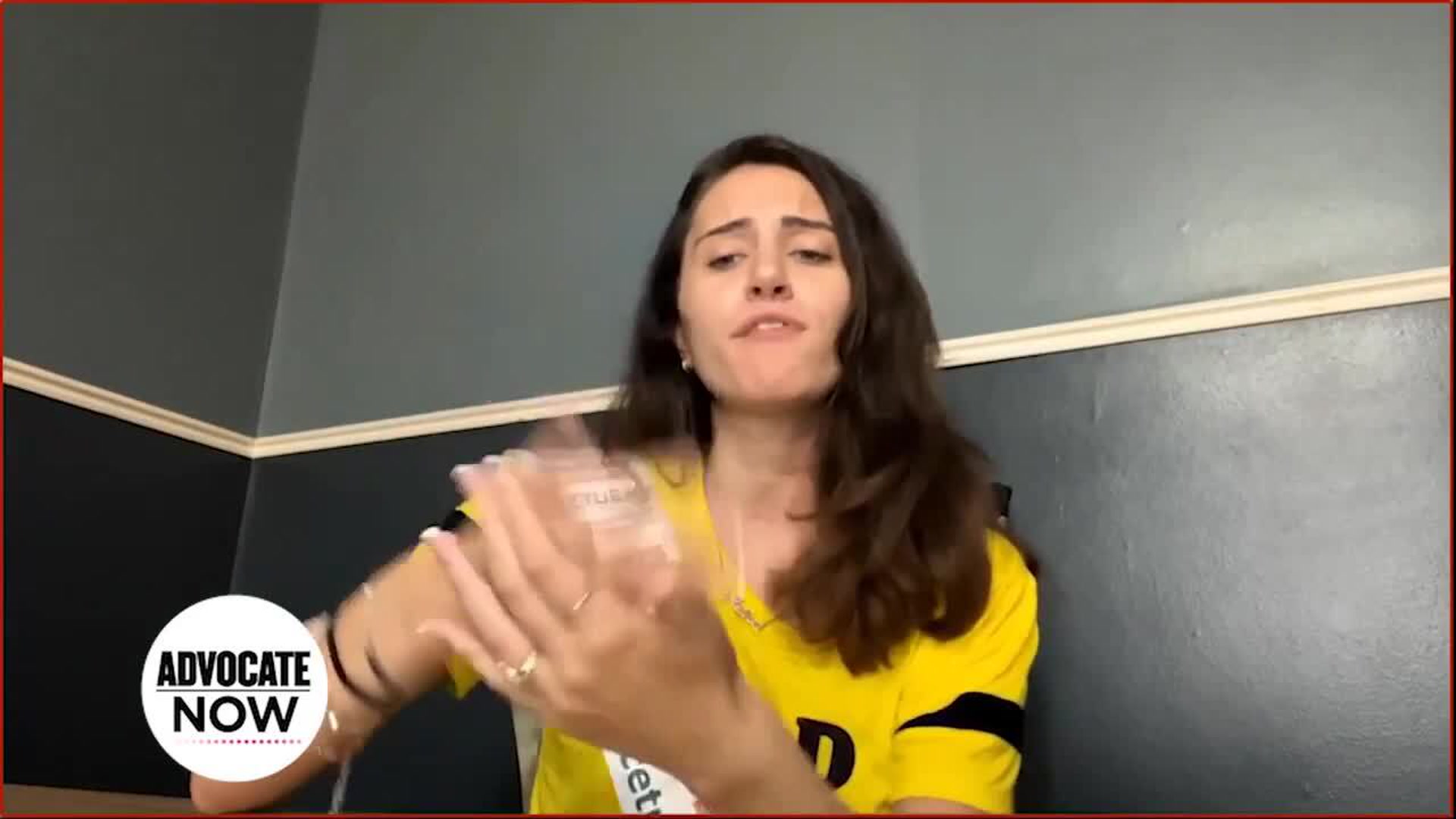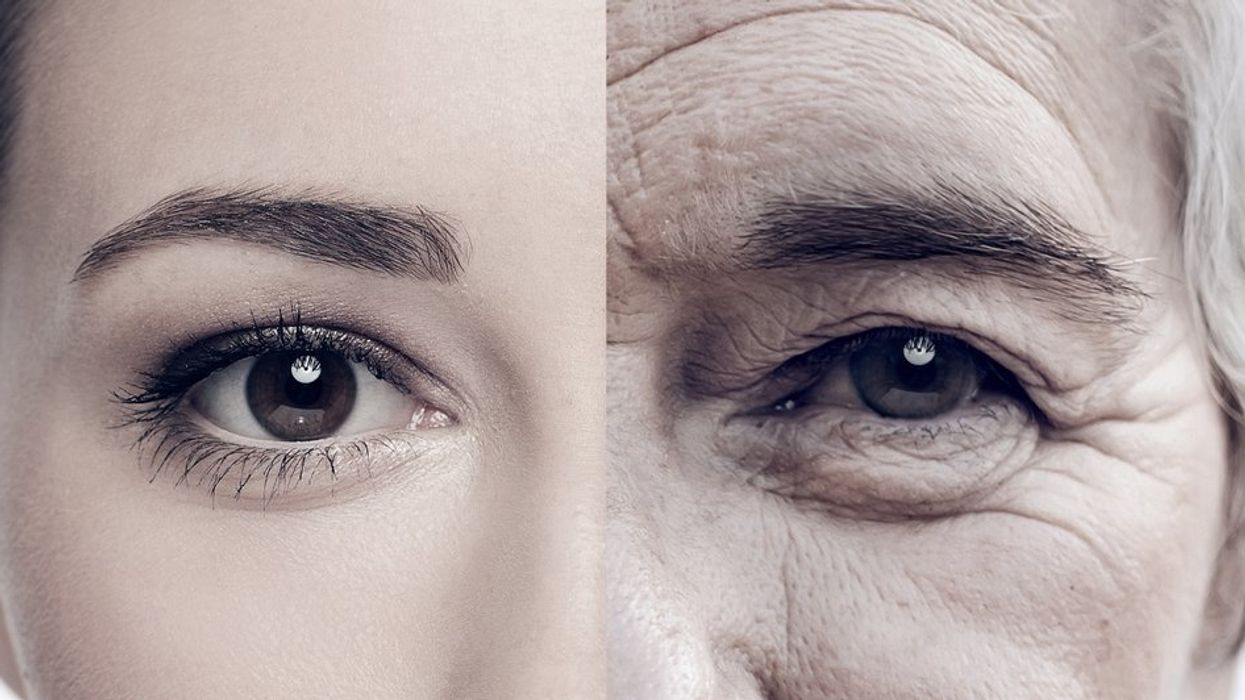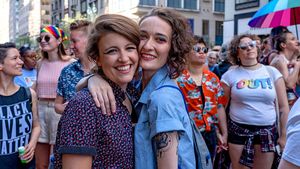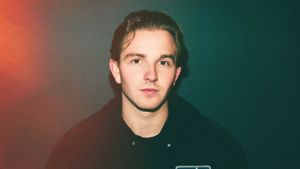(CNN) — It’s been over 20 years since Botox was approved for cosmetic use by the US Food and Drug Administration. The minimally invasive procedure offered millions of Americans with wrinkled foreheads the opportunity to regain a more youthful appearance.
Although most Botox recipients are middle-age, dermatologists and plastic surgeons say they’re now catering to a new group of patients: Gen Z.
Dr. Shereene Idriss, a dermatologist working in New York City, says the median age of her clientele skews younger each year. Some patients have come into her office seeking Botox for wrinkles that don’t exist.
“They’re coming in without any lines or built-in markings on their skin,” she said. “And they’re coming in with a fear of aging.”
A growing number of people under 30 in the US are shelling out thousands of dollars for cosmetic procedures including fillers, skin resurfacing treatments, and neuromodulator injections like Botox, according to the American Society of Plastic Surgeons.
This focus on looking “perfect” is even trickling down to elementary and middle school-age children on social media, experts say, as “Sephora kids” gain a reputation for buying skin care products designed for older people.
“Social media is incredibly powerful, and it really has worked its way to the consciousness of everyone but particularly younger females,” said Dr. Steven Williams, a plastic surgeon in California and president of the American Society of Plastic Surgeons.
There’s nothing wrong with getting cosmetic procedures and using preventive skin care, Williams says, but knowing the risks associated with them can help people use them more responsibly.
“It’s important to realize that we’re being sold something,” he said. “We’re being used a little bit.”
Rise of ‘preventive’ Botox
Neuromodulator injections such as Botox, Dysport, Xeomin and Jeuveau involve botulinum toxin, a neurotoxin often called a “miracle poison” for its wrinkle-relaxing properties. It can treat two kinds of wrinkles: static and dynamic.
Static wrinkles remain visible on skin while the face is at rest and result from a loss of elasticity and collagen in the skin. Dynamic wrinkles are those that appear on the face due to expressions such as frowning or smiling.
Over time, dynamic wrinkles can turn into static wrinkles because of the repeated movement and loss of elasticity.
People ages 40 to 54 accounted for the largest percentage of those getting neuromodulator injections in 2022, at 57%, with nearly 5 million people in this age group getting injections, according to procedural statistics from the American Society of Plastic Surgeons. They represent procedures performed by surgeons who are members of the society and are certified by the American Board of Plastic Surgery.
But between 2019 and 2022, the number of people 19 and younger receiving neuromodulator injections increased 75%, the data shows. Their use rose 71% in adults 20 to 29.
Williams says the increase is driven primarily by preventive or “baby” Botox: injecting Botox into an area on the face that has no defined wrinkles, with the goal of keeping them from forming.
Although Botox is approved by the FDA for use in people 18 and older, Idriss does not recommend injections for anyone under 21 who does not have visible wrinkles.
Her advice for younger people? “Save your money and go to Europe,” she said. “Come back when your first signs of aging are printed on your face and do not disappear at rest.”
The average cost of Botox injections is about $530, according to statistics from the American Society of Plastic Surgeons.
A single unit of botulinum toxin costs between $15 and $20 on average, Idriss says. The number of units used on one person depends on how significant their wrinkles are and how aggressively they want to treat the area. For example, someone getting “baby Botox” might receive 10 units per area. For standard Botox, 20 to 40 units are typically used per area.
On average, injection results last three to four months, so further injections are necessary to keep wrinkles and fine lines away, Idriss says. Those costs add up.
Williams agrees that some young adults who are seeking preventive procedures are potentially throwing money at a problem that doesn’t exist.
“You’re assuming where you’re going to have wrinkles, and maybe you are, but maybe you’re not,” he said. “Sometimes it takes a little bit of maturity to think about that as well, instead of saying, ‘I don’t ever want to get a wrinkle.’ It’s a complicated area.”
“Preventive” Botox may be a waste of money for some young adults, Idriss says, but there are exceptions for people who have defined wrinkles at an early age, simply to help with their confidence.
“I have had 19- or 20-year-olds come in where they look far older than their stated age,” she said. “They’re very emotive with their foreheads, and the lines on their foreheads are deeper than where they should be at 19 or 20.”
Too much Botox can age you
Botox injections are generally safe, but Williams says that getting injections for a prolonged period can lead to atrophy, in which a muscle decreases in size and wastes away due to lack of use.
If someone gets Botox every three to four months for decades, their facial muscles can begin to appear thinner and looser at a younger age, Idriss said.
This is the body’s natural reaction to neuromodulator injections, Williams notes.
“The science is clear: If you block muscle action and the muscle isn’t working, it atrophies and gets smaller over time,” he said. “Whether that’s a good thing or not is a completely different discussion.”
Idriss tells her patients to take breaks between injections to give their muscles a chance to build back up.
“Your bone structure is also shifting as you get older, so if Botox did last forever and you’re aging around it, you’re going to flop and drop in places that you didn’t anticipate.”
That said, if a patient stops injections, normal muscle function should return to the face over time as they build back strength. This can take weeks or months depending on how often they get injections.
Other risks associated with neuromodulator injections include bruising, pain and redness at the injection site as well as flu-like symptoms, headache, nausea and temporary facial weakness.
Social media drives trends
The anti-aging craze is not unique to young adults. Preteens dubbed “Sephora kids”can be found racing down cosmetic store aisles in search of trendy skin-care products they’ve seen online.
The reason why some tweens are hyperfixated on beauty products specifically is not simple, but Dr. Mitch Prinstein, chief science officer for the American Psychological Association, says social media is most certainly fueling it.
Many preadolescents are consuming large amounts of content as a part of their brains called the prefrontal cortex begins to develop and mature more rapidly.
“It’s an area that creates more dopamine and oxytocin receptors in the social regions of the brain, and suddenly we become very interested in attention and positive feedback from peers,” he said. “We’ve taken a normal biological process and put it on steroids.”
Tweens who are desperate to fit in can unintentionally harm their skin barrier by using skincare products that are not meant for them.
The skin barrier — the outermost layer — is meant to protect from irritants such as pollution, dust mites and fragrances in skin care products, according to the American Academy of Dermatology. At 9 or 10 years old, the skin barrier is not fully formed and is easily damaged by products with active ingredients like vitamins A and C.
“When your skin barrier is damaged, it does not work well,” said Dr. Brooke Jeffy, a dermatologist in Arizona who specializes in tween and teen skin care.
Additionally, when the skin barrier is damaged, it can’t hold water, Jeffy says, which often leads to inflamed skin and the breakdown of collagen in the face.
“So these products that are marketed for anti-aging, but when younger kids are using them, they’re getting this low-level irritation,” she said. “That’s doing the exact opposite of what they’re trying to do.”
Jeffy says this collagen breakdown can lead to wrinkles earlier in life – and a desire for cosmetic procedures like neuromodulator injections.
Preventing aging into adulthood
Young people concerned about looking older should invest in a simple skin care routine, dermatologists say: a facial cleanser, a moisturizer and a daily sunscreen.
Eating a healthy diet rich in antioxidants like fruits and vegetables can improve collagen production, as can minimizing processed food and sugar.
As for skin care, Idriss says adults should begin using vitamin C and AHA serums in their mid- to late 20s. However, vitamin A derivatives such as retinol should be avoided until at least 30.
“If you don’t feel like you can manage your skin’s biggest problem with just your skin care routine after giving it a solid chance, then go in and seek professional help,” Idriss said.
Ultimately, embracing the skin you have is perhaps the best piece of advice for young people.
“I don’t think the aging process should be feared. If anything, it is truly a blessing if you’re able to age,” Idriss said. “The aging process should be approached with eyes wide open.”
The-CNN-Wire
™ & © 2024 Cable News Network, Inc., a Warner Bros. Discovery Company. All rights reserved.
Beauty pageant finalist competes without makeup

Video Source: Advocate Channel


















































